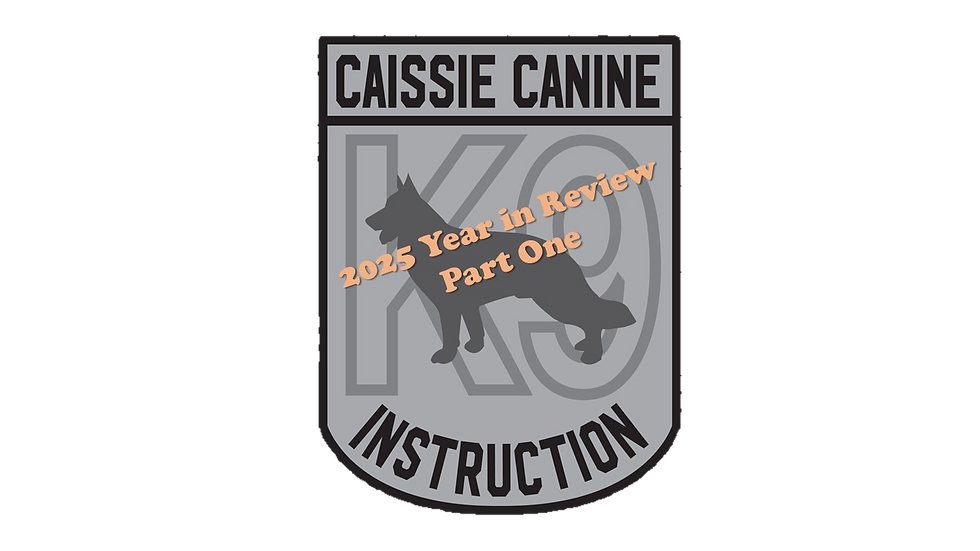Caissie Canine Instruction: When dogs go missing
- caissiecanineinstr

- Jul 26, 2021
- 2 min read

We begin this week’s “RUFF TAILS” featuring a beautiful Cane Corso named Diesel.
My mom and dad named me Diesel, however, everyone tells me I am adorable and I really do love it.

I love everyone and I think my new name should be Romeo!!! Don’t you agree?

Welcome to Doggie Dialogue:
Losing your dog on a familiar trial, hike, or a new location is a horrible experience.

According to the SPCA (Society for the Prevention of Cruelty to Animals) their survey concluded that 93% of lost dogs are found. Along with losing your dog, the overwhelming guilt, and self doubt creep in making things worse.
Here are some tips for beginning to locate your dog as quickly as possible:
1. Retrace your steps. Your dog may have stopped to sniff out something.

Dogs are naturally good at tracking and can find their way back to the trail.
Most dogs will go back to the entrance of the place you began your walk.
2. Some dogs will go to their favourite spot. If you have checked there, leave a toy or an old t-shirt (with your scent on it) to see if they show up. Check back frequently.
3. Ask other dog walkers.

Give them a good description of your dog and your phone number should they cross paths.
4. Most dogs are found close to where they went missing and a lot of dogs make their way home.

5. Use social media. It is a powerful tool to reach a lot of people. Post a current photo and when your dog went missing. Share your post with Team Chelsea, vets, and animal shelters. Include the hashtag #lost dog and local hashtag specific to your area.
6. Go home and mobilize a search party. Regularly check the last place you saw your dog, as well as their favourite spots. Do this at least once a day.

7. Map out places that you believe your dog would AVOID. This will help your search team narrow the ground to cover.
8. Do not chase your dog. The dog may become startled, or think they are in trouble and could take off again.
9. Keep your pockets filled with their favourite treats in case your dog appears. When you see your dog, speak in a calm and relaxed voice, to encourage them to approach you.
Here are some prevention measures you may consider:
· You can have your dog micro-chipped.

· You can also take your dog, on leash, on long exploratory walks on a regular basis. Therefore, they won’t feel the need to venture out, to escape for more stimulation.

· We recommend to train your dog on recall commands, so they are confident in how to return to you if you become separated.




Comments